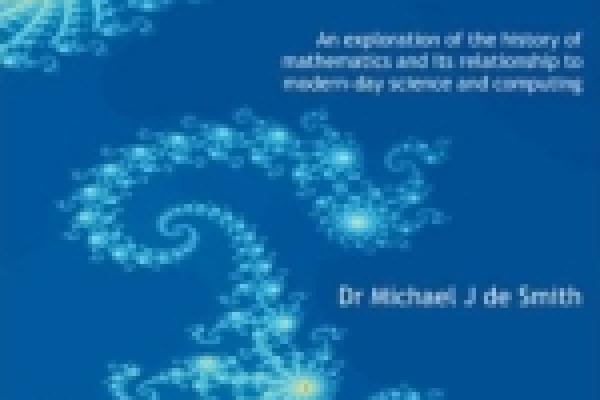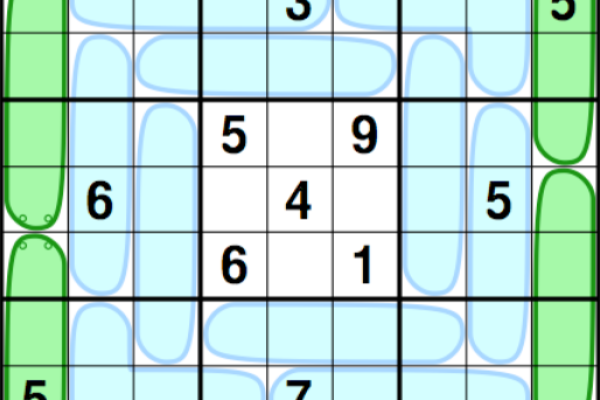Article

Let 'em roll
Winner of the schools category. Dice are invaluable to many games, especially gambling games, but instead of playing with ordinary 1-6 numbered dice here are two interesting alternatives - with a twist!



